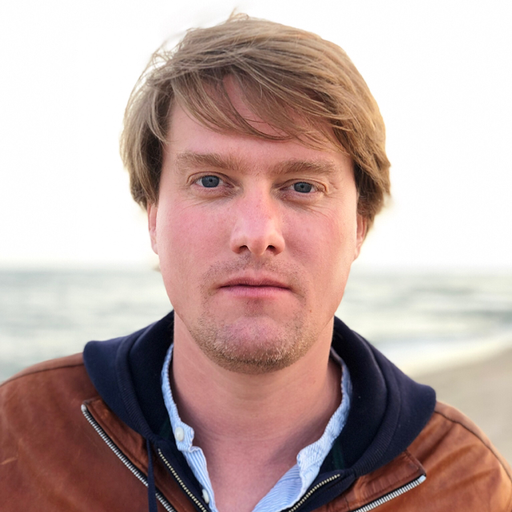Parisians have not had the opportunity to really appreciate the work of Elliott Erwitt, who turns 95 this year, since the last retrospective at the Maison Européenne de la Photographie in 2010. The latest exhibition just opened at the Musée Maillol ...




